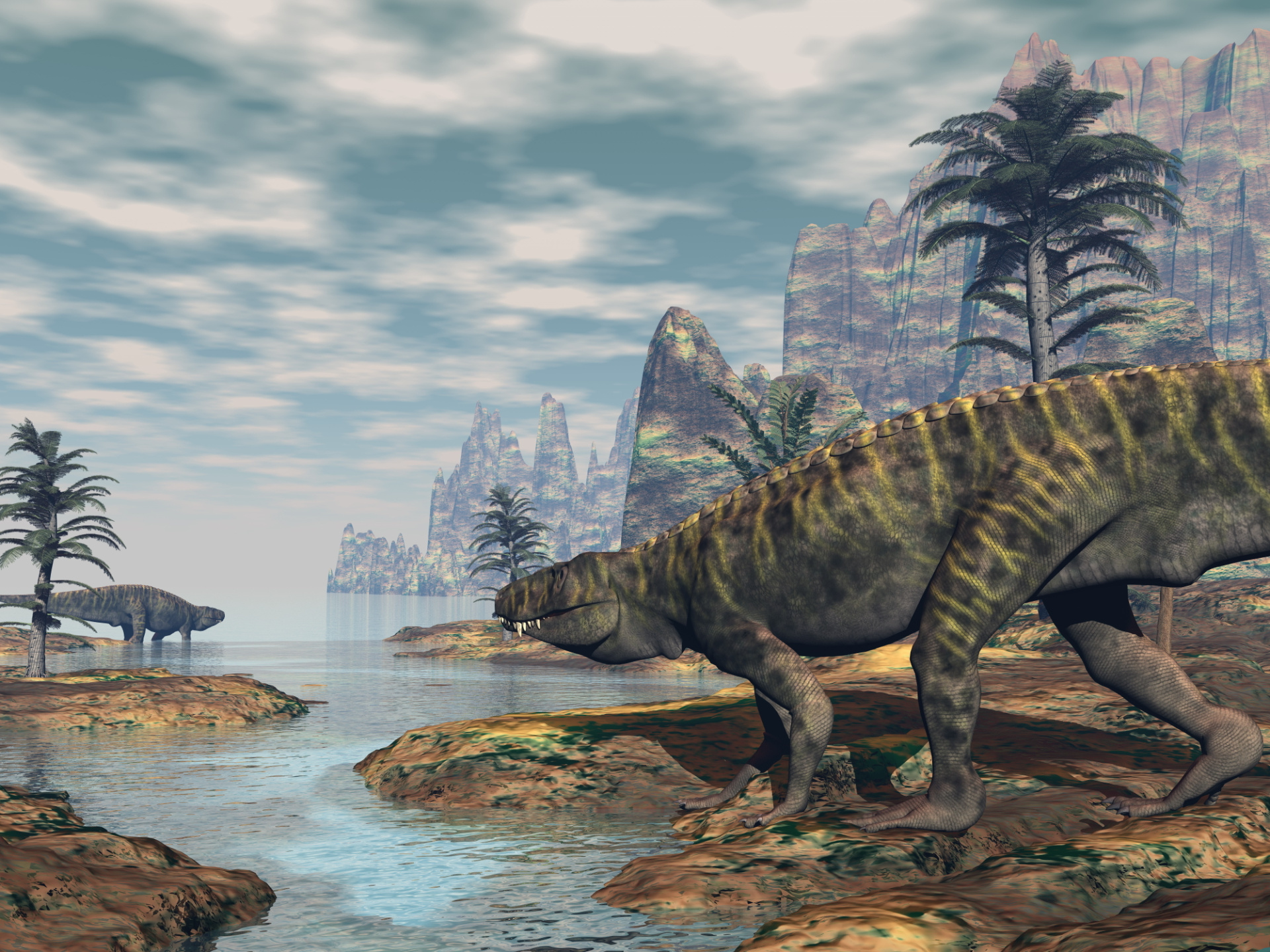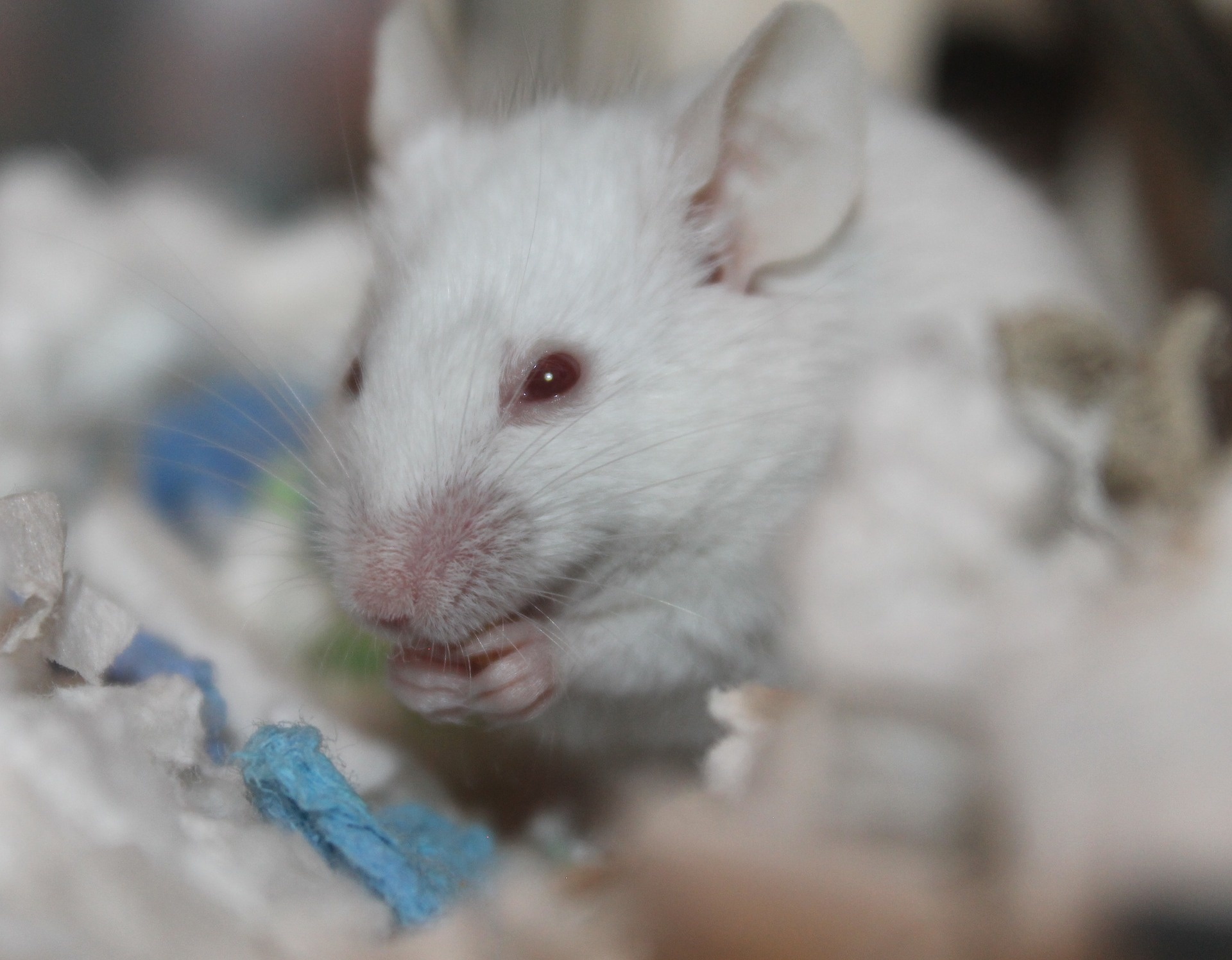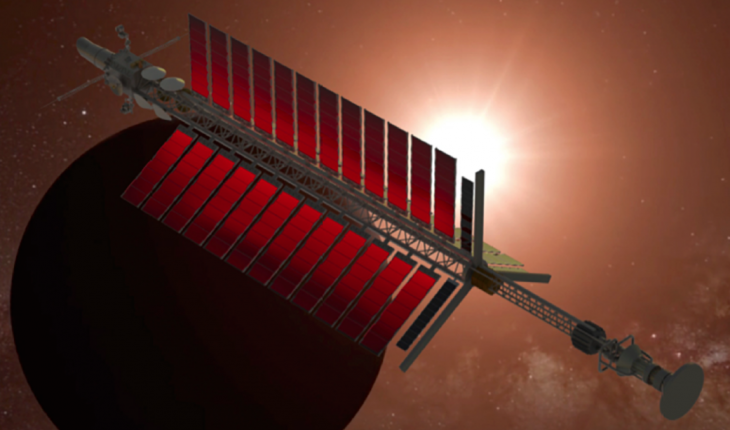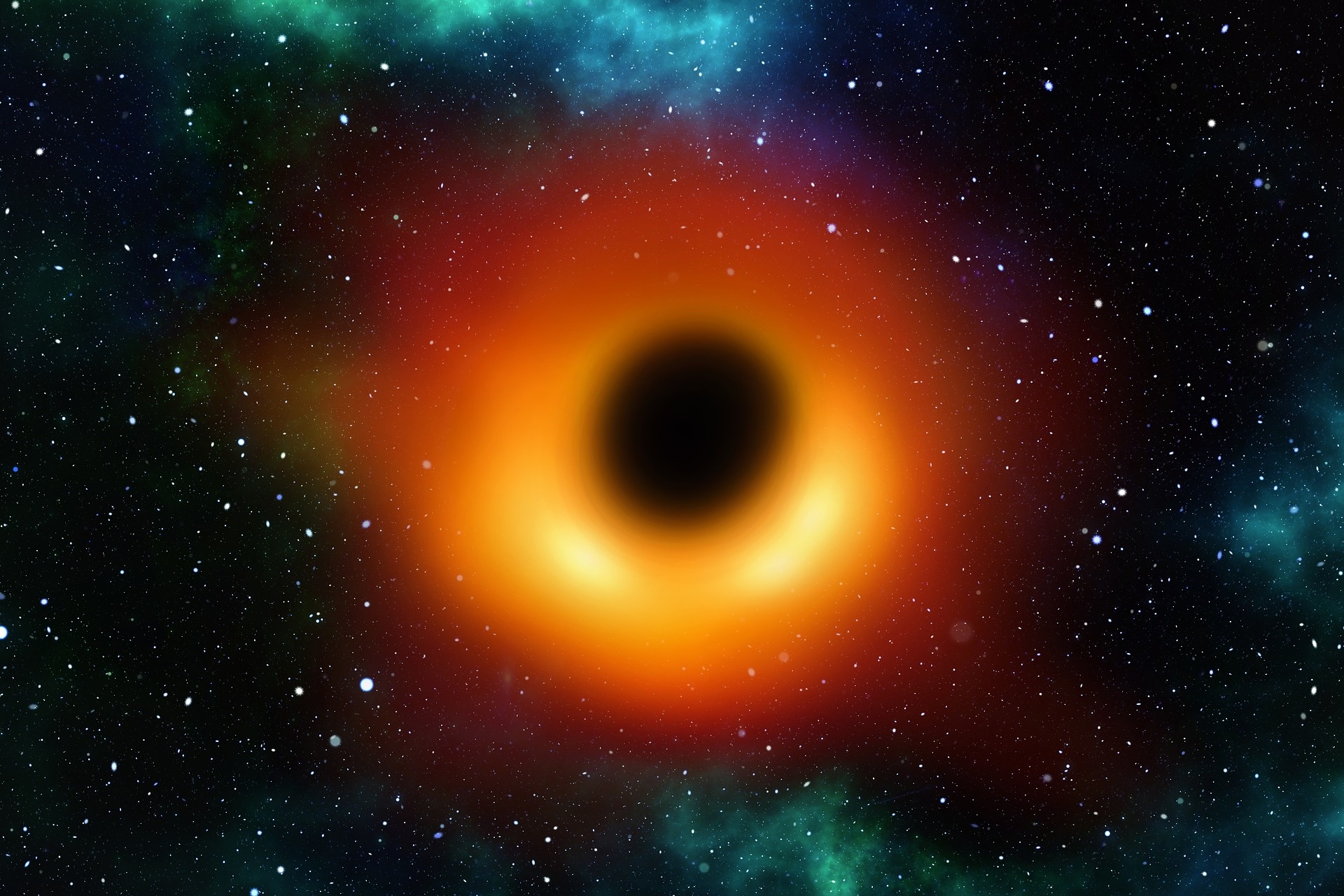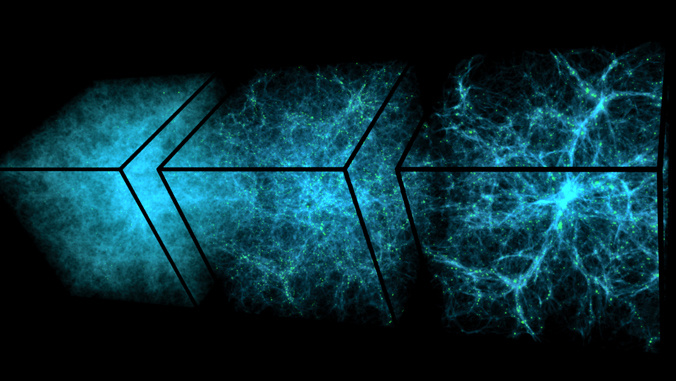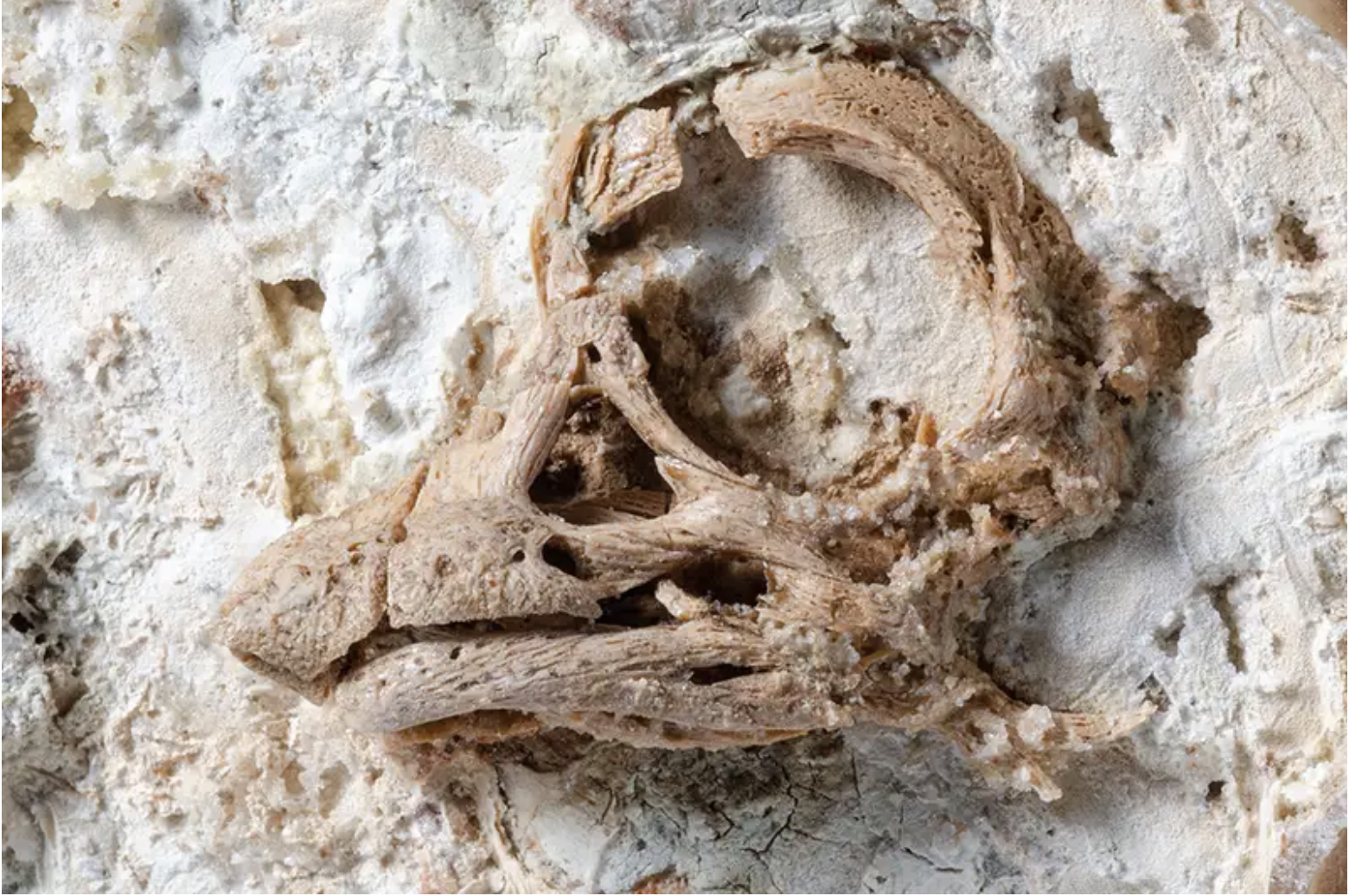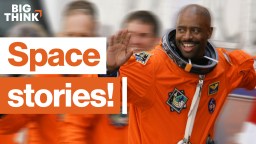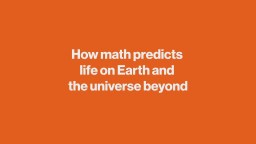Hard Science
All Stories
Researchers detect a large lake and several ponds deep under the ice of the Martian South Pole.
Techshot’s 3D BioFabrication Facility successfully printed human heart tissue aboard the International Space Station.
This space expansionist ideology marked the beginning of what Arendt called “earth alienation.”
How Nobel Prize winner physicist Lev Landau ranked the best physics minds of his generation.
Controversial physics theory says reality around us behaves like a computer neural network.
New experiments find weird quantum activity in supercold gas.
The images and our best computer models don’t agree.
Astronomers spot an object heading into Earth orbit.
From cryonics to time travel, here are some of the (highly speculative) methods that might someday be used to bring people back to life.
Turns out chitin is quite useful when you need a wrench.
Construction is nearly complete for a camera that will take 3,200-megapixel panoramas of the southern night sky.
Scientists have detected within the Venusian atmosphere a chemical known to be a byproduct of life.
Does time exist? Here’s what the debate is all about.
▸
13 min
—
with
Rocks from two hundred million years ago show us how everything died and how nothing is new.
Targeting a signaling pathway in mice helped them retain muscle and bone mass aboard the International Space Station, according to a new study.
A philosopher’s guide to detecting nonsense and getting around it.
The drive would provide enough thrust for a spacecraft to travel near the speed of light using only electricity, says physicist Jim Woodward.
It’s the largest black hole merger ever observed by scientists.
Astronomer Michelle Thaller schools us on what atoms really look, the Big Bang theory, and the speed of light.
▸
9 min
—
with
Astronomers propose a new location for the mysterious force that accelerates the universe.
A new study finds the rocks that first formed Earth carried with them enough hydrogen for three times the water we have today.
A rare titanosaur embryo was discovered with its skull preserved in 3 dimensions.
Dust sticking to things on the moon is a serious problem researchers are trying to solve.
A new study shows bacteria could survive travel from Earth to Mars.
The mission could launch as soon as the 2030s, the researchers said.
According to international law, the seabed belongs to everyone.
Researchers figure out the average temperatures of the last ice age on Earth.
Firsthand accounts of what it’s really like to go to and come back from space.
▸
14 min
—
with
Math doesn’t suck. It is one of humanity’s greatest and most mysterious journeys.
▸
15 min
—
with
A new study discovers how blazars shoot out jets of radiation towards Earth.













